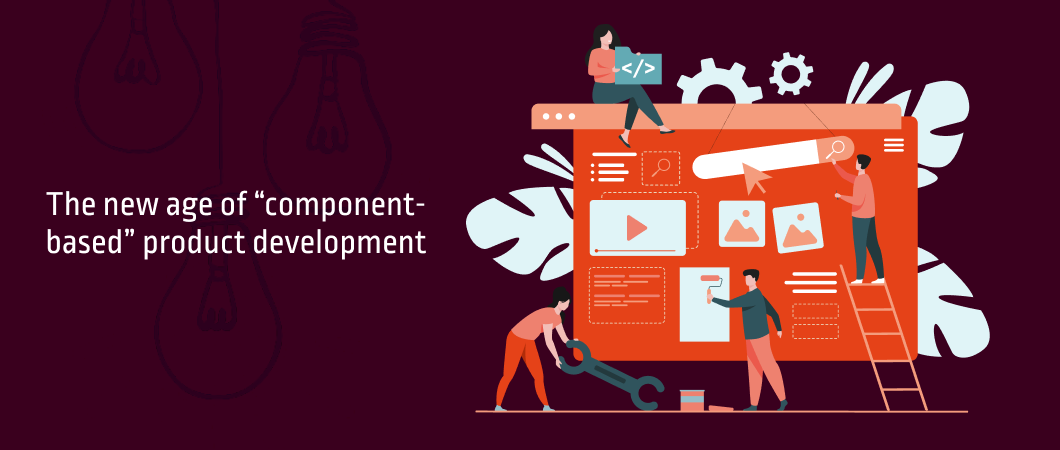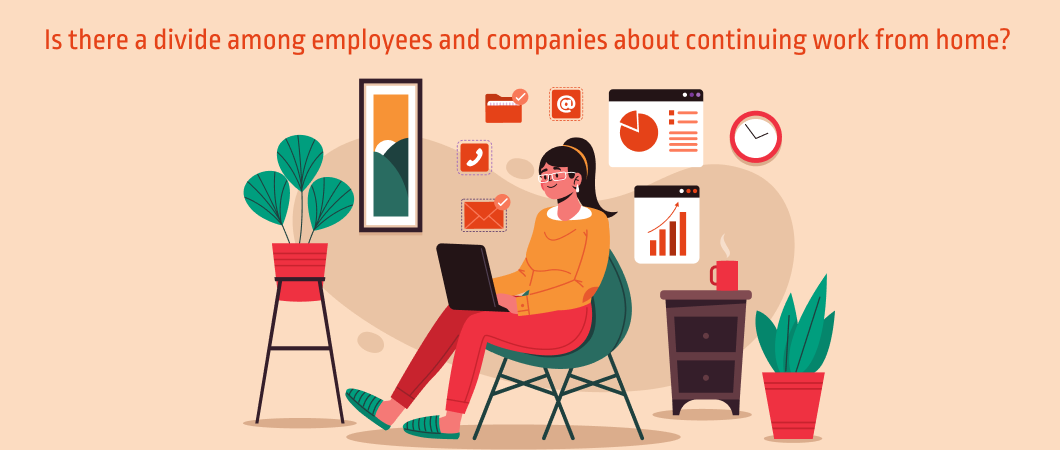“Be stubborn on vision but flexible on details” – Jeff Bezos, CEO Amazon.
It is a pretty good thumb-rule to follow when building an MVP (Minimum Viable Product). You get a product with just the right features to satisfy an initial customer base by putting in the least reasonable effort possible. After all, Airbnb, Spotify, Facebook all started their journeys as MVP’s and look where they are today.
However, an MVP is not a complete product. Its primary purpose is to evaluate the product’s needs in the market segment and extract relevant feedback to drive future development. So, the bottom line remains that an MVP has to scale into a full-fledged product once it has emerged from the cocoon and made its acquaintance with the real world.
Evaluate the product evolution needs
Once an MVP has made its debut in the real world, it is time to start planning for the inevitable upgrade into a complete product. Development teams then have to account for the immediate product needs based on the user feedback and consider how they could evolve.
Development teams have to make their technology choices such that enabling change and releasing frequent updates and upgrades become easy as the users’ needs evolve. This is essential to accommodate the changing scope of the product.
Determine the software architecture demands
An MVP will also have a minimally viable software architecture that is an immediate upgrade candidate. The architecture will have to be tweaked or redesigned to meet the needs of a mature product. The software architecture has to address aspects such as performance, security, scalability, and functionality. Architecture evolution will determine how the system parts communicate with each other, and user workflows come together. It is also necessary to evaluate external dependencies and the guidelines for technical implementations, associated risks, etc.
If you want your MVP to drive elevated, frictionless, and intuitive experiences, then ramp up the software architecture from its barebones structure to a fully fleshed out one. To create a software architecture that supports products designed for change v/s built to last, consider the software functionality, desired reliability, usability, performance needs, and supportability considerations.
Assess technical debt
Often there are several shortcuts taken on the road to developing an MVP. While this is an acceptable practice across sectors, developers must take care. Taking your eye off the ball can also take one down the slippery slope of technical debt. Incurring a certain amount of technical debt is inevitable and, in fact, often necessary and unavoidable for any software development project. However, we must only accrue as much debt as we can pay back comfortably.
Once the MVP has met its audience, development teams have to determine the type and volume of accrued technical debt not to become challenging to implement change later.
Like in credit card debt, it doesn’t reduce if you keep paying the minimum amount; the more technical debt to leave for later keeps adding to the principal amount without reducing the debt.
Evaluate the UI and UX demands
UI and UX have become strategically important for both consumer and enterprise products now as the world has become increasingly software-driven. A less-than-optimal UI and UX will drive down user adoption. It will certainly not create product advocates.
MVP’s on the road to maturity have to focus on UI and UX standards and ensure that performance drives the product experience. This is becoming even more important as remote working and distributed teams are a big part of our reality. Today, enterprise software has to account for elements like inadequate network connections, slim devices, etc. used for remote access.
Online interactions and exchanges are only increasing and will continue to do so. UX thus has to understand how the user wants to engage with the product and account for all the dependencies that drive an elevated product experience.
Ramp up security
While security cannot be compromised even when building an MVP, these security considerations have to become more robust as the MVP transforms. Security has become the final frontier that determines the success and failure of a software product. Thus, software development teams have to ramp up their testing focus to eliminate bugs and security issues. They also have to account for constrained end-point security to ensure that all security loopholes are closed and that the users have a reliable product they can trust.
Focus on refactoring
Since the development team will be adding features and functionalities to an MVP, it becomes essential to ensure that the codebase does not become clunky and outdated. And how can you avoid this? By refactoring!
Refactoring can play a significant role in driving code evolution, control technical debt, and enhance code quality. It operates by transforming functions and rethinking algorithms and makes sure that the code at hand is simple to execute, fast to change, and easy to download. Refactoring enhances the code design, optimizes performance, and enables behavior-preserving transformations.
Software development teams using DevOps or Agile to build an MVP absolutely must consider refactoring since the code has to be maintained and extended from one iteration to the other. Not doing so can create an unhealthy set of dependencies between packages and classes, poor allocation of class responsibilities, and unmanageable code. And all of these dependencies lead you further down the black hole of technical debt!
Creating an MVP is about testing an idea. By focusing on making the product “viable” and “minimum,” development teams will ensure they do not compromise quality. They should aim to deliver a product that serves as an enabler of the big product vision with relevance in today’s hyper-competitive marketplace.
You can also read this article on Medium.com



